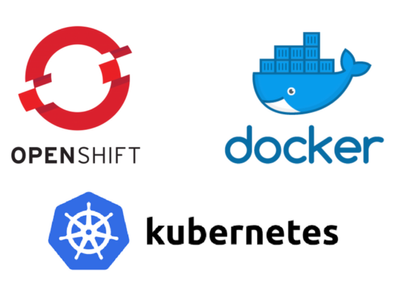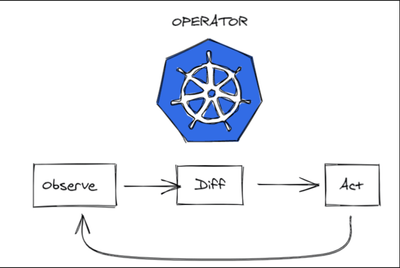
Challenge
Enterprises relying on Rancher for Kubernetes management often encounter limitations in scalability, security, and enterprise support. As workloads grow in complexity, organizations require a robust, enterprise-grade Kubernetes platform that ensures operational efficiency, compliance, and seamless integration with DevOps workflows.
Migrating an entire ecosystem from Rancher to OpenShift presents multiple challenges, including:
- Minimizing downtime: Ensuring business continuity during the transition.
- Workload assessment: Identifying and adapting workloads to the new environment.
- Container standardization: Ensuring all images comply with OpenShift best practices.
- Networking configurations: Aligning network policies with OpenShift’s architecture.
- Security policies: Implementing OpenShift-native security controls.
- CI/CD adaptation: Restructuring pipelines to align with OpenShift’s capabilities.
- Team enablement: Training developers and operations teams for the new platform.
A well-planned and automated migration strategy was critical to overcoming these challenges and ensuring a smooth transition without impacting application performance or availability.
Solution
To achieve a seamless migration, I led a full-scale transition from Rancher to OpenShift with a strategic approach focused on assessment, automation, optimization, and enablement.
1. Workload Assessment & Planning
- Conducted a thorough analysis of existing Kubernetes workloads managed via Rancher.
- Identified API incompatibilities between Rancher-managed clusters and OpenShift.
- Standardized container images to ensure full compatibility with OpenShift’s security and operational best practices.
- Evaluated Helm charts, Operators, and custom Kubernetes manifests for adaptation.
2. Automated Migration & Tooling
- Leveraged OpenShift’s Migration Toolkit for Containers (MTC) to automate workload transfers, significantly reducing manual effort.
- Developed custom automation scripts using Ansible and Kubernetes API to handle resource mapping, namespace migration, and volume provisioning.
- Designed a rollback mechanism to mitigate risks during the migration process.
3. Network & Security Optimization
- Adapted networking configurations, including OpenShift’s Ingress Controller and SDN policies, to match existing network setups.
- Implemented OpenShift-native Role-Based Access Control (RBAC) and Security Context Constraints (SCC) to enhance compliance and security posture.
- Hardened cluster security by integrating OpenShift Compliance Operator and applying enterprise security policies.
4. CI/CD Pipeline Restructuring
- Migrated CI/CD workflows from existing Jenkins-based pipelines to OpenShift’s Tekton Pipelines and ArgoCD for GitOps-based continuous deployment.
- Optimized image build processes using OpenShift’s BuildConfig and ImageStreams for efficient container lifecycle management.
- Ensured seamless integration with existing DevOps toolchains, including GitHub, GitLab, and Jira.
5. Team Training & Documentation
- Developed comprehensive documentation covering cluster operations, security practices, and application deployment workflows.
- Conducted hands-on training sessions for developers and platform engineers to familiarize them with OpenShift’s features, including Operators, Helm charts, Logging, and Monitoring with OpenShift’s built-in Prometheus and Grafana stack.
- Established best practices for troubleshooting, scaling, and day-2 operations on OpenShift.
Results & Business Impact
- Zero Downtime Migration: The transition was executed seamlessly without service interruptions, ensuring uninterrupted business operations.
- Enhanced Security & Compliance: With OpenShift-native security policies, including SCCs, RBAC, and Compliance Operators, the organization significantly improved its security posture.
- Improved Scalability & Performance: OpenShift’s optimized workload scheduling and resource management resulted in more efficient cluster utilization.
- Streamlined CI/CD & DevOps Integration: The migration enabled faster software delivery cycles by leveraging OpenShift’s GitOps and pipeline automation capabilities.
- Reduced Operational Overhead: Automated management and self-healing capabilities of OpenShift led to reduced maintenance efforts and operational costs.
- Empowered Teams: Through training and documentation, teams quickly adapted to OpenShift, increasing productivity and reducing learning curves.
This migration not only addressed the limitations of Rancher but also positioned the organization for future growth with a highly scalable, secure, and enterprise-grade Kubernetes platform.







Comments